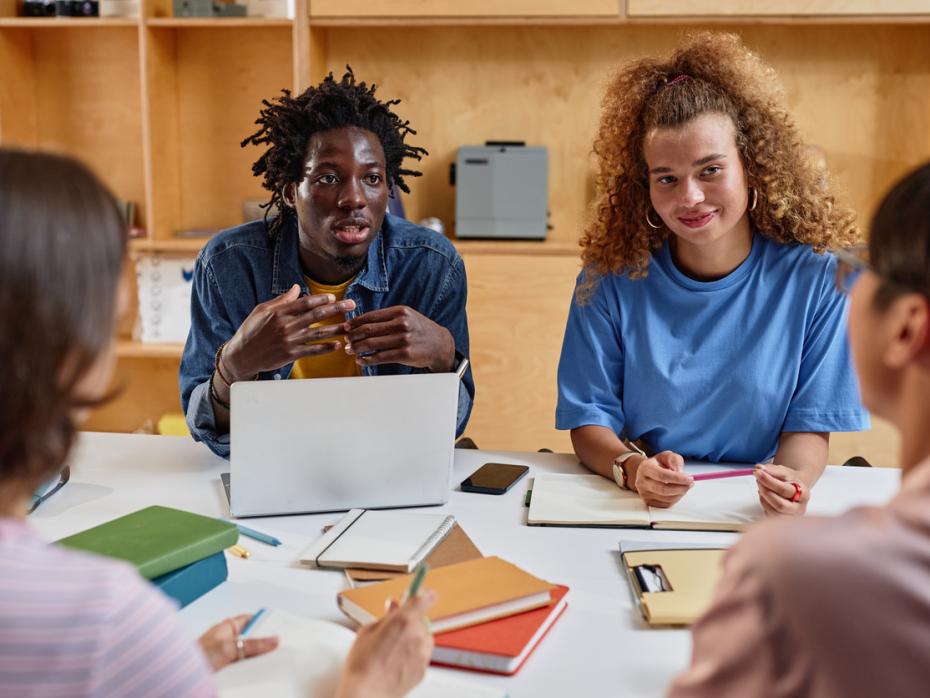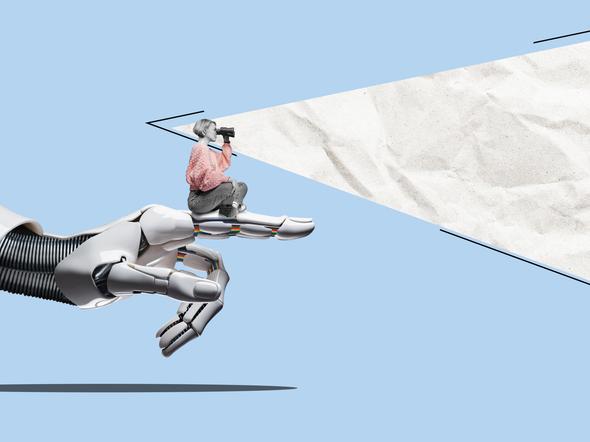This is a worrying time for graduates. Much of what they have learned could have already become outdated, with AI reshaping every field. But one thing stays timeless: transferable skills.
Mastering these skills not only empowers students to succeed and stand out in a competitive job market but also to confidently navigate any career shift. Employers today want more than just technically competent graduates who can “get the job done”. They seek value-driven individuals who communicate effectively, adapt quickly, lead and contribute to organisational growth. In essence, employers are looking for well-rounded graduates.
This reflects Darwin’s insight from evolutionary theory: “It is not the strongest of the species that survives, nor the most intelligent. It is the one that is most adaptable to change.”
The curriculum gap: more input, less output
Let’s be honest with ourselves. The current education system still relies heavily on a passive loop of displaying lecture slides, taking notes, submitting assignments and passing exams. What’s missing? Instead of placing students at the centre of the learning process, where they can produce, apply and innovate, the curriculum remains predominantly designed to deliver information to them.
- The craft and politics of academic writing in the AI universe
- Do your students know the consequences of AI use on an internship programme?
- Spotlight guide: Soft skills for hard times
This consumption model may work well for theoretical knowledge. But what about leadership, communication, problem-solving or adaptability? These skills can’t be learned from a textbook, and no recruiter will be impressed by a resume that simply lists “soft skills” without showing how they were applied and what outcomes they produced.
From idea to impact: the power of applied learning
Students at our university take a course in innovation and entrepreneurship that goes beyond teaching definitions and theories. It introduces business models, design thinking and real-world application. The final challenge? Working in teams, identifying a real-world problem, proposing a creative solution and pitching that solution as a business opportunity.
Through this process, students aren’t just passive learners, they become critical thinkers, problem-solvers and innovators. Applying theory to a real-life context offers insights no lecture ever could. Students navigate uncertainty, balance academic demands and learn the value of research, collaboration and user-centred design. Even when they struggled to define next steps, mentorship and prototyping helped unlock their creativity.
What began as a university project evolved into something meaningful, earning recognition in an international competition. But the true reward wasn’t the award, it was the confidence and capability the students gained through the experience. It showed them that when education empowers students to create, the impact extends far beyond the classroom.
For educators and institutions inspired to develop similar initiatives, here are some guiding principles to ensure maximum impact:
- Start with real-world problems
Anchor the course around authentic challenges students can relate to or observe in their communities. That relevance fuels engagement and creativity. - Build in teamwork and collaboration
Encourage group projects where students must negotiate roles, share responsibility and combine diverse strengths. Team-based learning mirrors workplace dynamics. - Integrate design thinking and entrepreneurship
Introduce students to tools such as ideation, prototyping, pitching and business model design. These frameworks equip them move from abstract ideas to actionable solutions. - Ensure mentorship and feedback
Pair students with industry professionals or alumni who can provide guidance, ask critical questions and challenge assumptions. Mentorship accelerates growth. - Make space for reflection
Encourage students to pause, journal or present reflections on what they’ve learned about themselves and their capabilities. This deepens self-awareness and consolidates transferable skills. - Showcase and celebrate outcomes
Give students opportunities to present their work in class. Recognition not only validates their efforts but builds confidence and communication skills.
Ultimately, the aim is not to suggest a single model but to spark discussions on how courses, curricula and education itself can be restructured so that graduates leave not only with knowledge, but also with the skills and confidence to thrive in a world transformed by AI.
If we genuinely want to help prepare students for life following graduation, universities must move beyond textbooks and nourish thinking, reflection, collaboration and leadership in students. The time for educators to seize the opportunity is now, because what is taught inside the lecture rooms should prepare graduates to thrive outside them.
Aliasgar Shahiwala is professor in the department of pharmaceutical sciences and Rahma Nasir Iqbal is a fourth-year student, both at Dubai Medical University.
If you would like advice and insight from academics and university staff delivered direct to your inbox each week, sign up for the Campus newsletter.




comment